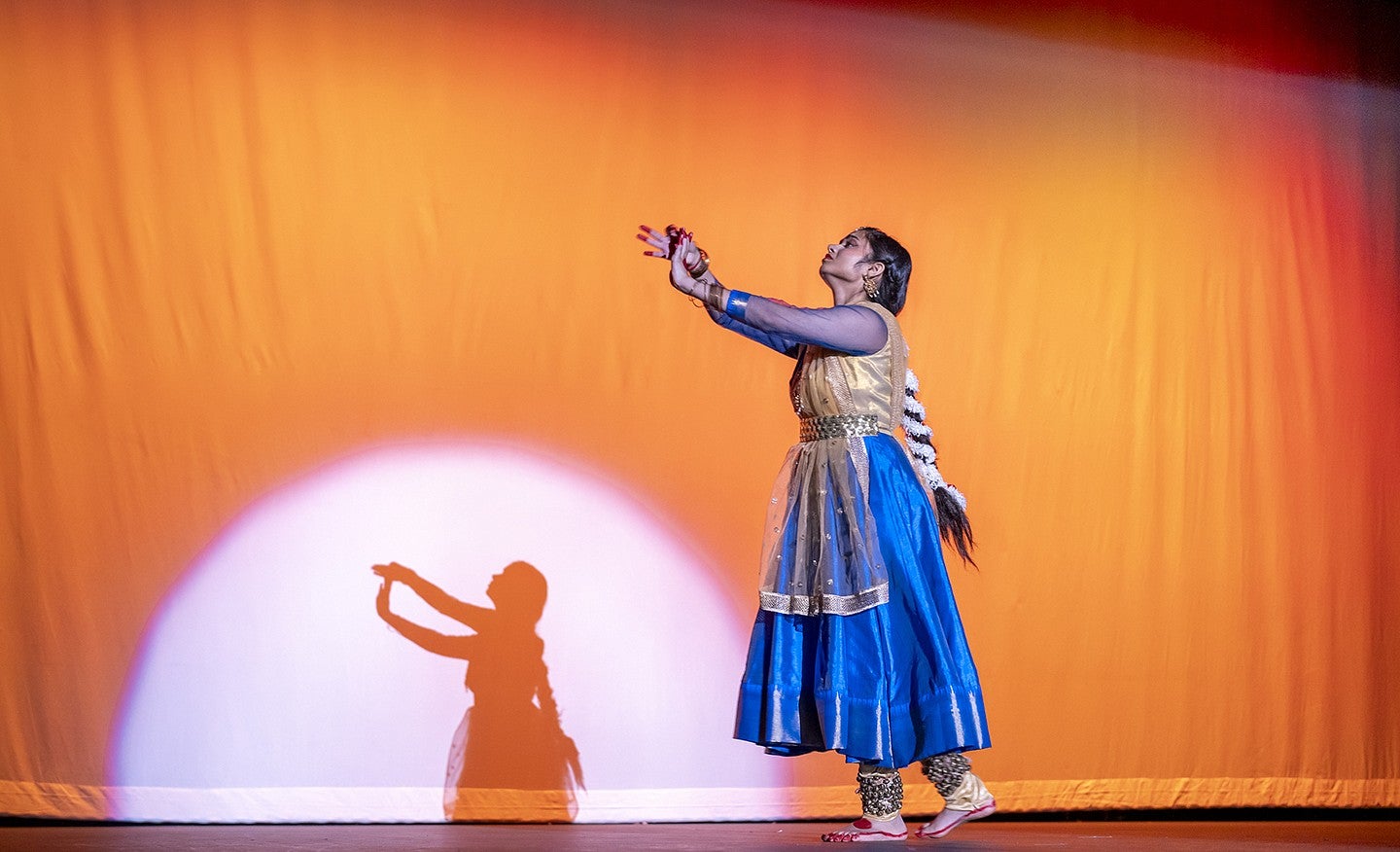
Guided by her childhood, she pushes for change
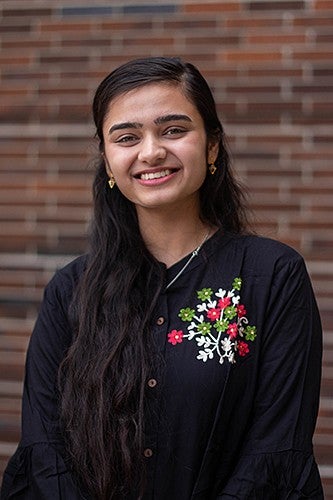
Hometown: Roorkee, India
Major: Architecture
Coffee or tea: I don’t take caffeine, so I have a hot chocolate.
Guilty pleasure: Drinking straight milk. Sorry.
Last movie you watched: “The Boy and the Heron”
Favorite food: Chaat. It’s made of curry spices, chutney sauces and, depending on what type you use, it can be potatoes, fruit fritters, pomegranate. My grandma taught (the recipe) to my mom and my mom taught it to me.
Whenever Gayatri Misra had tough days at home, her family always knew exactly what to do to cheer her up. If she struggled with a project, or her health, or just having a long day, her parents gathered the family in the living room.
Misra’s father sat in one corner, playing the tabla, while her brother joined in on keyboards, tapping the keys as music filled the house.
Now, Misra is more than 7,000 miles away from her family, who live in Roorkee, India, and hasn’t seen them in person for more than a year. When she’s having a tough day, it’s harder for them to cheer her up, she says.
“It hurts. I won't say it doesn’t,” she says. “To be so far away from home.”
In a recent phone call, Misra was stressed about being able to study abroad and nervous about her role in a conference where she was giving a presentation. Her family’s response: breaking into song on the call.
“Hey, look at this,” her mom said, showing her a new dance move she’d learned.
Home for Misra, a sophomore at the Clark Honors College, has always been the campus of the Indian Institute of Technology in Roorkee, where her father works as a college professor. She grew up around an environment of higher education, with insurmountable resources to spur her ambitions.
Her travels across the globe landed Misra in an unfamiliar world. But she has been keen on continuing her family traditions, childhood passions and linking to her cultural identity as she pursues architecture at the UO’s College of Design.
When Misra couldn’t find a dance club on campus that included international dance styles, she started her own club, the Performing Arts for International Identities. When she found that the UO didn’t have a National Organization for Minority Architecture Students chapter, Misra and four other students opened one.
For Misra, it’s about “creating a safe nurturing space for everyone, whether it’s in the field of architecture, whether it’s in the field of performing arts” or if “it’s within academia as a whole.”

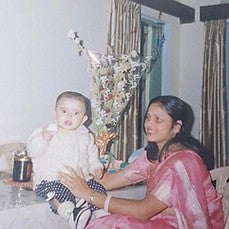

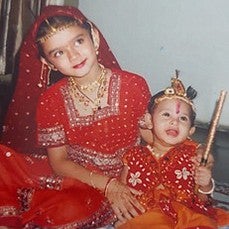
A childhood on campus
Misra was born and raised in Roorkee with her younger brother, Dhruv. Her father is a physics professor at the institute, while her mother currently serves as events director for the Society for the Promotion of Indian Classical Music and Culture Amongst Youth.
At age 4, Misra was learning traditional dances like Kathak, one of the eight major forms of Indian classical dance. She also learned to sing.
As a child, she contracted meningitis, a debilitating illness that gave her frequent migraine headaches. But dance and music kept her going. “I would dance in my room with my mom…we would all just sing and play instruments together,” she says. “It was just beautiful.”
To get her diploma in dance, vocals and instruments, she participated in rigorous rehearsals, took exams on dance theory and gave performances that left her out of breath.
She remembers giving her final performance and crying because she wanted to do justice to the craft she’d been learning for years. She cried because her whole family was there to watch her. And, she says, she cried because she “realized I’m happy and grateful that this is something I got to do and I want to continue doing it.”
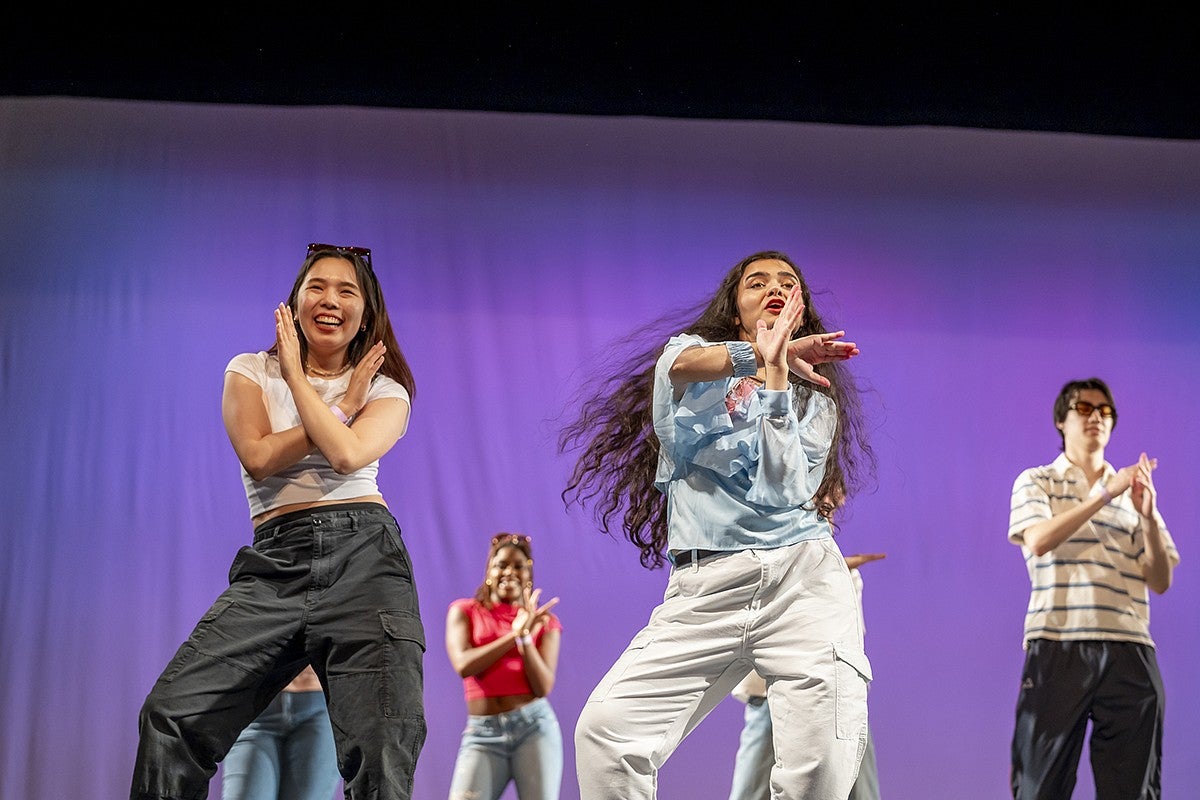
At six years old, Misra says she began attending her father’s string theory lectures, sitting in the front row. She never hesitated about participating, though sometimes students gave her weird looks. “College has always felt natural to me,” she says. “I considered the classroom space as a second home.”
She also has fond memories from her high school years of sitting with her family around the dinner table where her grandfather would quiz her on biology or history. An engineer, he always listened intently when she talked about her classes. “He wanted to learn everything,” Misra recalls.
If she couldn’t answer a question or he wanted to know more, he would simply say: “Why don’t you just go to a lecture?”
In 2017, her grandfather passed away and her family was devastated. His picture was placed in the center of their house, on a table where Misra had sat and talked to him about her studies. “It’s sort of like him overlooking the house and still being there,” she says now.
She remembers dreaming about hearing her grandfather’s voice and he asked her: “Hey, why don’t you…explore the way the buildings are structured?”
“You mean architecture?” she asked him in the dream.
“Yeah,” he replied. “Do that.”
When she told her parents the next morning at breakfast, she thought they might laugh. But they showed nothing but encouragement. “I’ve been blessed with a crazy supportive family,” she says.
Designing her future
To learn more about architecture concepts and opportunities, 16-year-old Misra attended lectures and checked out books from the campus library. “I got introduced to more concepts, but I didn’t know how to utilize that and that’s when I started applying for internships,” she says.
She emailed professors at the institute in Roorkee and also wrote to firms in India about internship opportunities. Eventually, in her senior year of high school, she got an internship at one of the leading architecture firms in Delhi. “It was almost like I was taking a class at first,” she recalls. “But then I started getting involved with more projects and all of that, and that was like, ‘OK, this is my jam.’”
One of the projects involved research on the celebrated Sri Lankan architect, Geoffrey Bawa. She was inspired by the incorporation of nature into his designs. Architecture, she learned at the time, doesn’t have to be separated from the environment that surrounds it. They can influence each other.
Misra is putting that lesson to use in her architecture final this spring, a design for a performing arts center set in downtown Portland.
For the design, she collected the sounds made during dance performances, like shoes against hardwood or clapping. She also collected the music from the different dance styles and ambient sounds from the environment surrounding the site.
With the sounds, she created a fountain design that would go around and through the center of the building. She says she created the design and incorporated water as a way of “inviting everyone to be engaged with the building.”
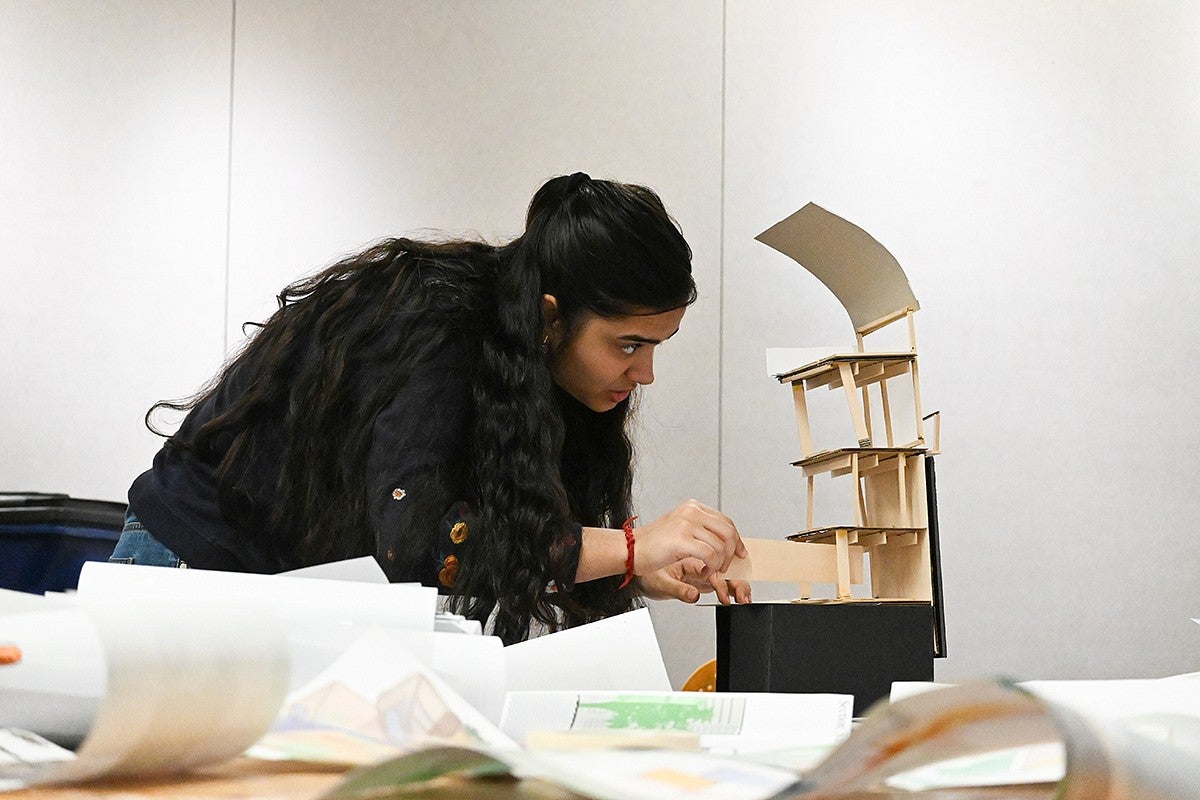
In her classes, Misra has established herself as a student who has a strong work ethic and a strong academic drive.
Associate Professor Esther Hagenlocher, the head of UO’s department of interior architecture, taught Misra twice since she has arrived at UO. “She was incredibly hardworking. She was always very dedicated and worked consistently and was helpful to others,” Hagenlocher says. “She really was an amazing and outstanding student in her work ethic and in her willingness to learn.”
“If you’re able to build a communal space that is a reflection of these different cultures that exist all around the world, and if you’re able to build a space where people truly feel like they belong, I think that is a very sustainable approach towards making a building.”
Misra has made a point of focusing on how to incorporate the influences of other cultures into architecture. She says she worries that in some cases, Indian architecture only gets referenced in the U.S. when someone talks about the Taj Mahal.
“This Eurocentric approach toward architecture is something…I truly hope to dismantle that from the architecture – at least in the architectural teaching journey,” Misra says. “If you’re able to build a communal space that is a reflection of these different cultures that exist all around the world, and if you’re able to build a space where people truly feel like they belong, I think that is a very sustainable approach towards making a building.”
After she graduates, Misra wants to become an architect but her main goal is to teach.
In her teaching, she says she’ll rely on her early experiences in academia to help students, especially those who might have to travel across the world. And she won’t forget the influences of her family. “That,” she says, “is one thing that always keeps me alive.”
